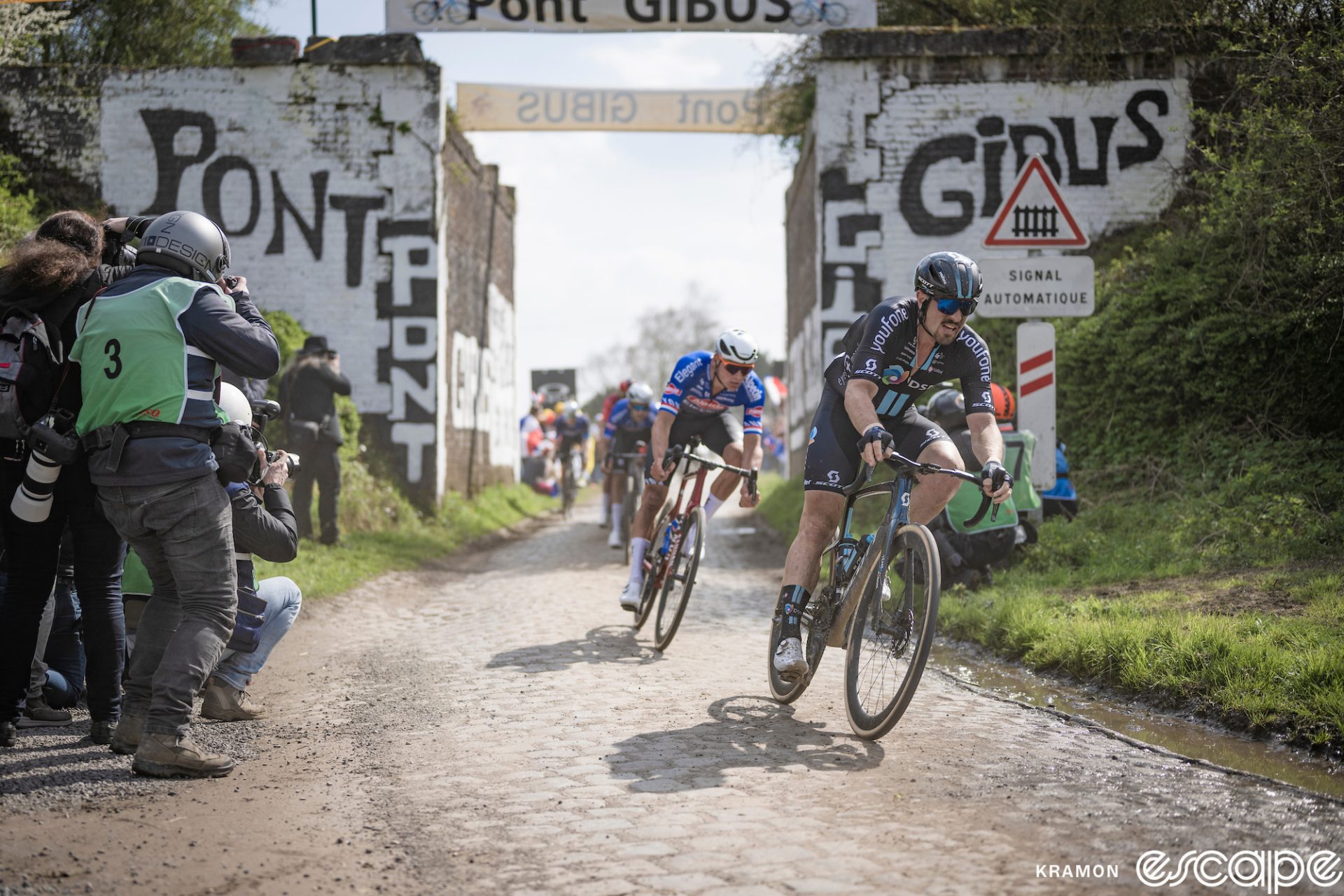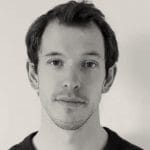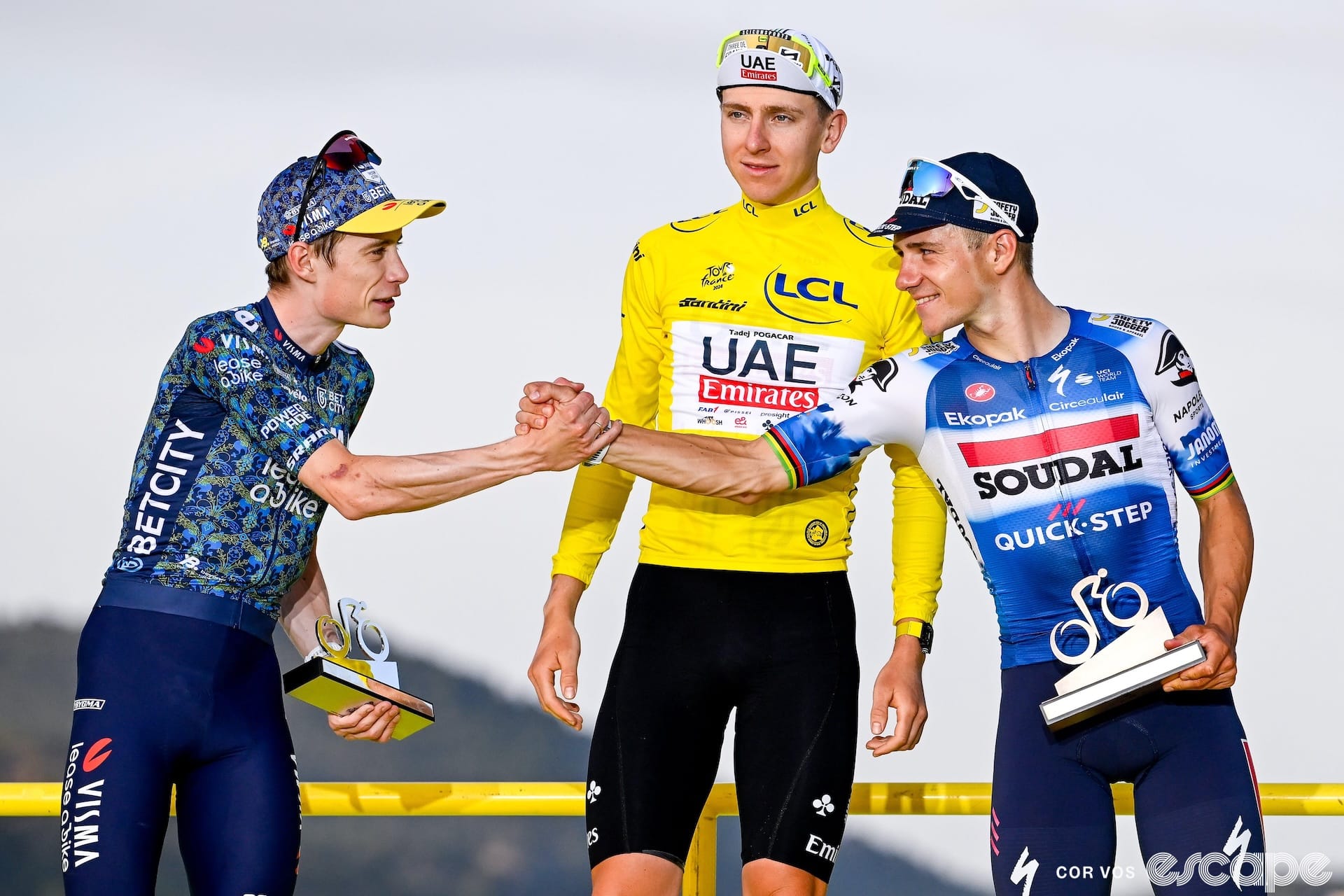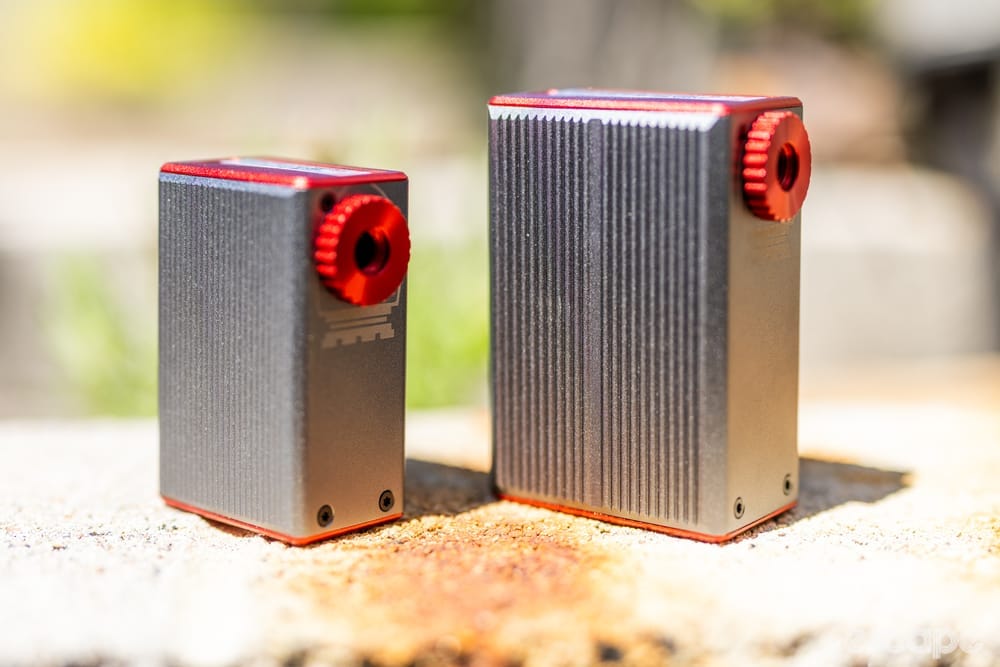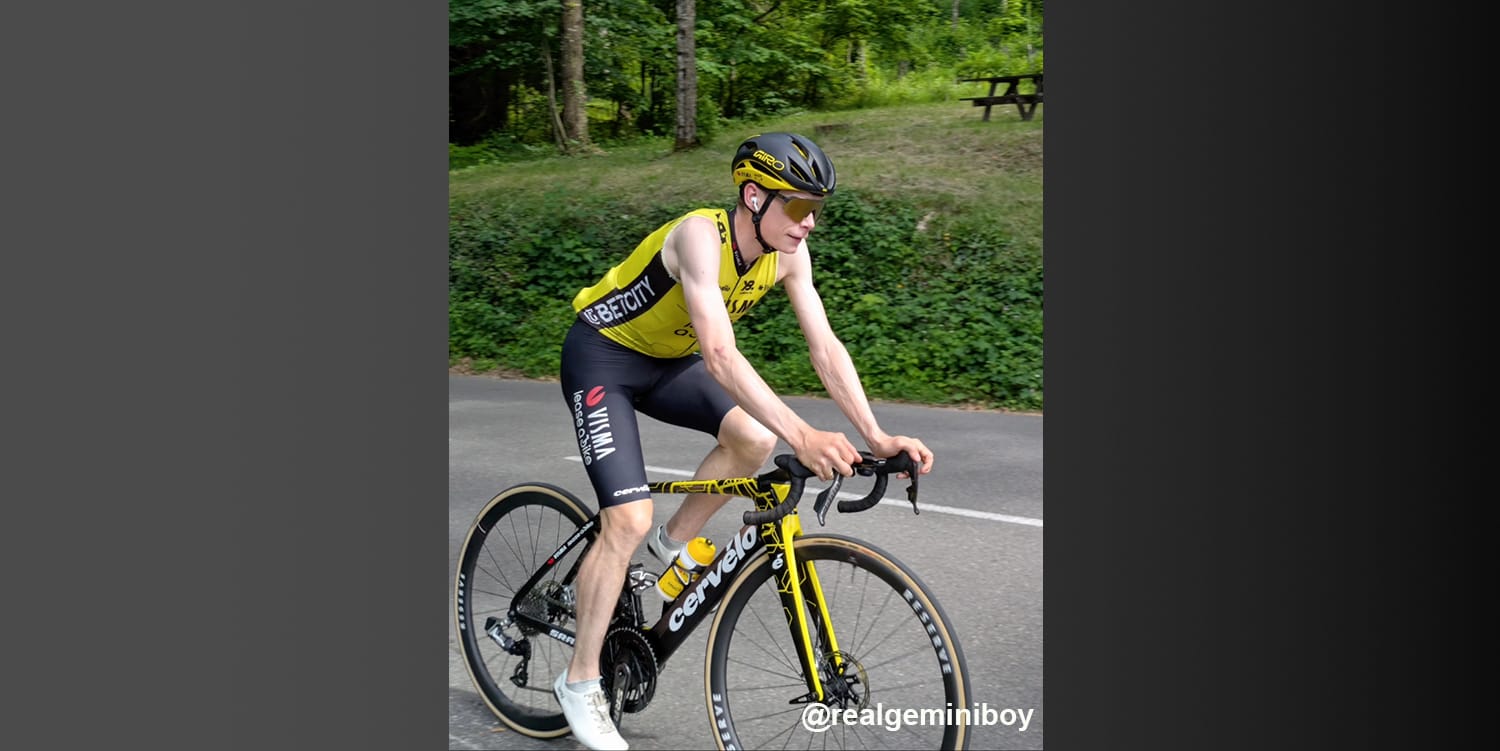What links Sam Bennett, Mark Cavendish, Michael Matthews, Elia Viviani, Vincenzo Nibali, and Wilco Kelderman?
They are all prodigal cyclists: racers who have gone back to teams they’d previously ridden for. Every year, amid the summer cascade of transfer announcements, there are a few choosing the familiar over the thrill of the new.
This winter alone, Warren Barguil is going back to DSM-Firmenich, looking to party like it’s 2017. Road captain Fabio Felline has a homecoming at Lidl-Trek, while Markus Hoelgaard is off to Uno-X after his period with the American squad. Sprinter Hugo Hofstetter (Arkéa-Samsic) returns to Israel-Premier Tech after two years away. Harm Vanhoucke has already rejoined Lotto Dstny after an abortive eight-month spell with DSM-Firmenich.
The question, of course, is why: what draws riders back to a place they've already been, a team that either cut them loose or from which they consciously moved on? What makes a second time around work better than the first? And does it work, or can you really not go home again?
New pastures aren't always greener
Former Hour Record holder Victor Campenaerts has never extended his contract with a pro team. After two years each on Topsport Vlaanderen and LottoNL-Jumbo, he joined Lotto-Soudal in 2018, given more chances in the time trial and a chance to choose his racing programme. When the team signed Philippe Gilbert, it took a big part of the budget and Campenaerts headed off to NTT, chasing Olympic silverware.
But when that ended in the NextHash saga, he decided the best new home for him was an old one. “You do it and you think the grass is greener on the other side,” says Campenaerts, currently in his second spell with what is now Lotto Dstny. As it turned out, he added, “I wouldn’t say that’s really the case with me.”
Sometimes a departure is more personal. I interviewed Sam Bennett for Rouleur in August 2019 when he was on the cusp of leaving Bora-Hansgrohe, his first pro team, for Deceuninck Quick-Step. He had been left off Bora’s Giro d’Italia and Tour de France line-ups. There was clear tension; asked to show how he felt, he saw the “Band of Brothers” slogan spray-painted on the tarmac and pointedly stood on the first two letters of the final word.
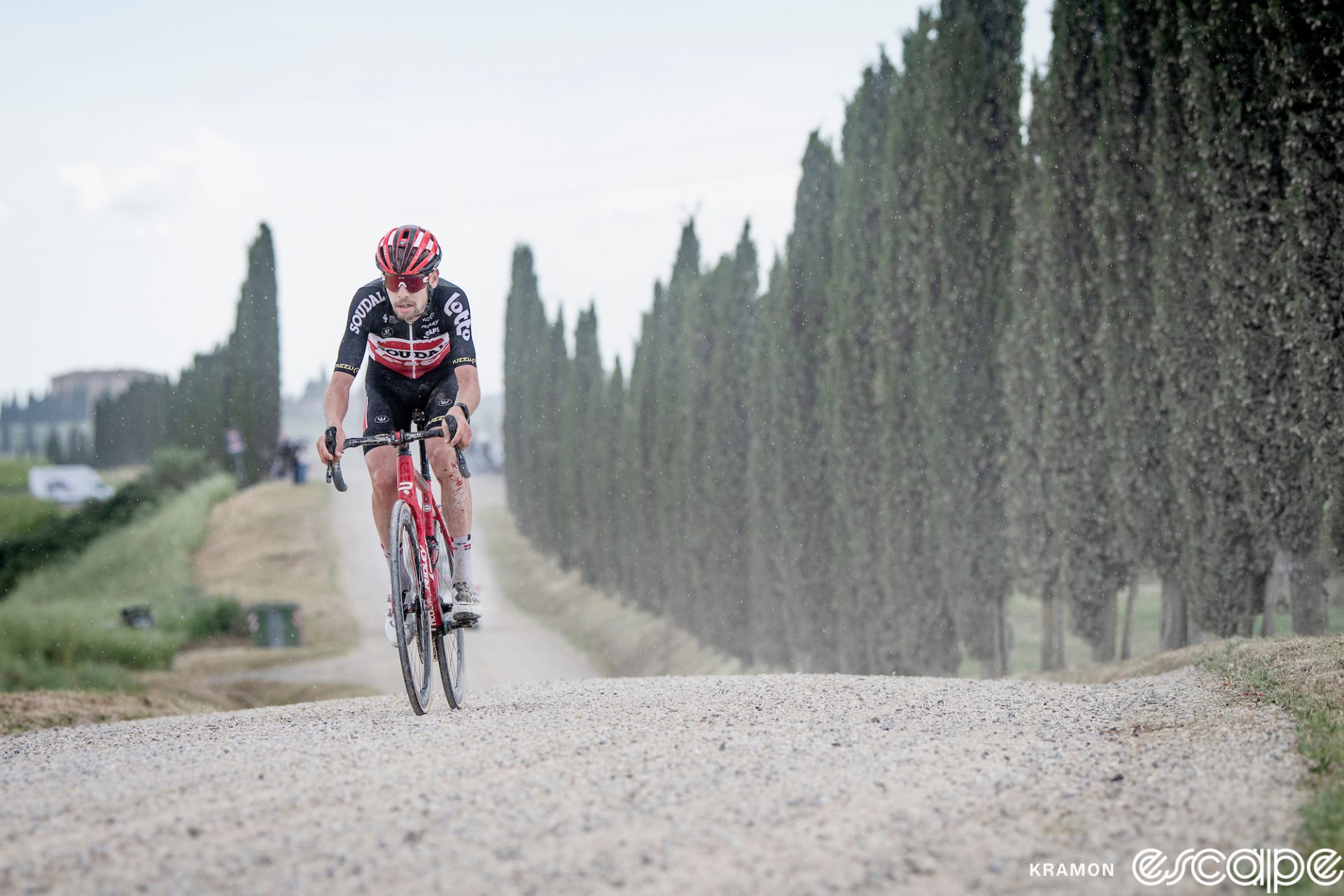
But fresh starts don’t always work out. Blink and you might have missed Harm Vanhoucke’s eight-month period at DSM-Firmenich this year. He hotfooted it back to his old team, Lotto, in a rare August transfer, due to what the team called “differences in sporting ambition.”
He did not fit into their way of working, says Rudi Kemna, DSM’s sports director. “We are quite well organized,” Kemna says. “And most people want to be organized … to know when he’s going on altitude camp, what the training is, the races, but when you still don’t like it or cannot handle it, that’s more difficult.” (Vanhoucke may see it different: in a statement from his new/old Lotto team, he said, “I’m making a fresh start here and want to be the rider I was before.”)
DSM appears to be the hub of the boomerang transfer market this summer, both coming and going. In addition to Vanhoucke’s early departure, Norwegian talent Andreas Leknessund, eighth at the Giro d’Italia, is returning to Uno-X in 2024 after three years away, as is Jonas Hvideberg. Henri Vandenabeele, a Lotto-Soudal U23 product, is also departing DSM to re-join Lotto alongside Vanhoucke. Meanwhile, Barguil is on the way back to DSM after six full seasons away at Arkéa-Samsic; the last time he raced for Kemna and company, the team was known as Sunweb.
I mention that sometimes the outside perception of DSM is a strict team with very clear rules. “Organized, yes. Strict, I think we are not strict,” Kemna says. “We are maybe not even strict enough. The moment we make a plan and agree something, it’s not every point that we are strict on. We are always talking about it. But once we make an agreement and you want to have the opposite? More times, that’s not working. But we can always discuss with each other.”
Bennett’s and Vanhoucke’s experiences are a reminder that cycling teams are not often the happy families that some cliché-happy pro riders would have you believe. Their needs, rosters, sponsors, and budgets can shift quickly, as do the capacities, results, and ambitions of riders. It’s a fast-moving business, with one fundamental, identical root desire at the beginning: to get the best from one another.
Changing ways, changing definitions
Vanhoucke aside, riders who drift back to old teams often do so in a different stage of their career, usually in their late twenties or early thirties. They’ve had a taste of elsewhere and more opportunity. Sometimes, they’re at a loose end; on the cusp of retirement, Mark Cavendish went back “for peanuts” to Quick-Step in 2021 and brought them four stage wins in the Tour de France. It’s a rare returner success story, even if the Briton wasn’t picked for the race the next year and ultimately left again.
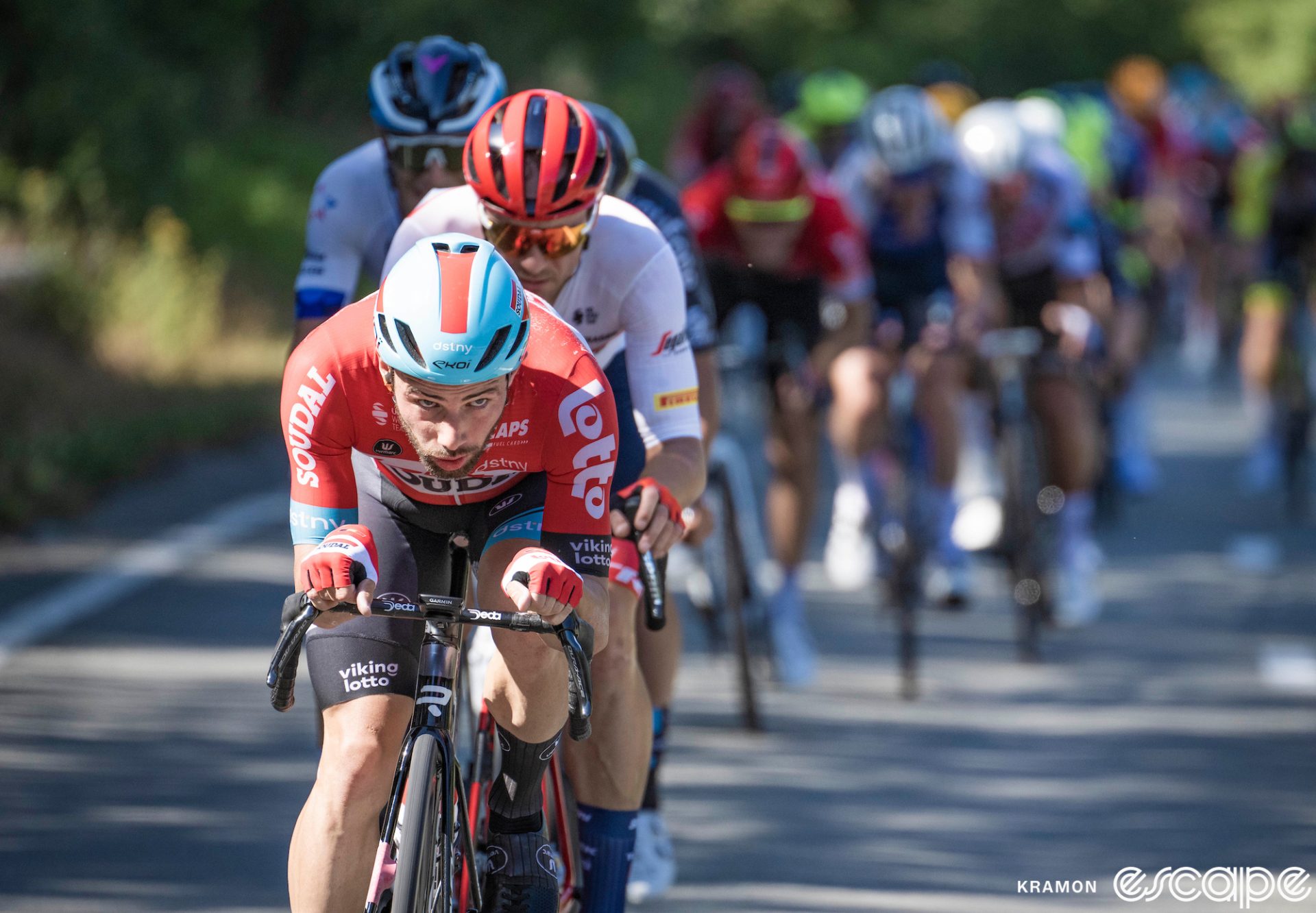
With Qhubeka closing at the end of 2021, Campenaerts was on the market. He had changed as a rider, making himself a Classics racer, and had kept good connections with Nikolas Maes, who had gone from teammate to director, and thought it would be a perfect match for him on their team. “Nikolas liked the way I try to race with balls, very aggressively, and make really optimistic plans – and try to convince youth riders to think outside the box and do the same thing,” he says.
Teams are looking for a certain type of rider (who fits into their budget), but the team has to be right for the rider too. Happily for Campenaerts, Lotto have evolved adequately too, becoming a more professional and performance-oriented outfit. “Comparing this year to when I joined in 2018, it’s day and night,” he says.
He points to the examples of coaches having a greater say in team selection and nutritionists making a daily plan. “When I came to Lotto, I was the only one who always carried a scale around, sometimes getting made fun of. Now, we have two [on the table] because everyone weighs their food,” he says.
While some things have changed, Lotto is still comfortably familiar. Alongside knowing a lot of the staff, Campenaerts gets on well with riders like Brent van Moer and Florian Vermeersch. “It just made a lot of sense to go back to Lotto,” he says.
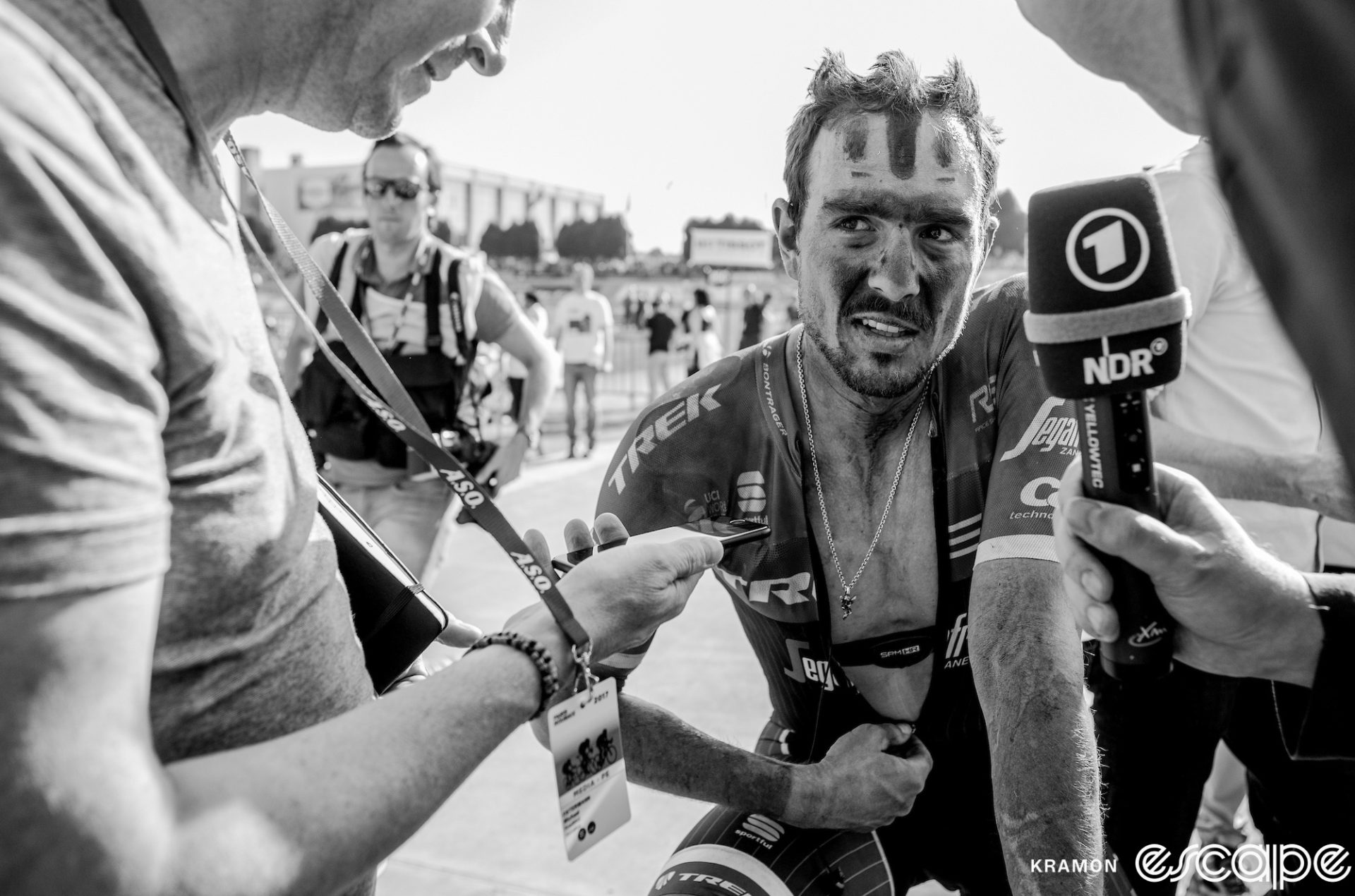
John Degenkolb can relate. Between 2012 and 2016, he rode for Giant-Alpecin, bursting into the limelight by winning Milan-San Remo, Paris-Roubaix and sprinting to 10 Vuelta a España stage wins. After spending time with Trek-Segafredo and Lotto-Soudal, he came back to DSM in 2022, signing a three-year deal.
Like Campenaerts and Lotto, Degenkolb was in regular communication with his old team during his absence. It is a bonus for him that former teammates like Albert Timmer and Roy Curvers are race coaches there; another, Tom Stamsnijder, oversees the connection between the company and the team as brand partnership communication and innovation manager.
“It was the time where I had basically the biggest success of my career, that leaves lots of good memories and experiences,” Degenkolb says of his first stint on the team. “It was also then the reason to rejoin the team again. I had other offers with more money. But I really liked the environment and still like it.
“The philosophy of the team is that we have an open space of communication and the possibility to plan things up front and collect important opinions about how we approach things … It gives a clear structure, especially to young riders, they can develop really fast on a high level, that’s something I really like. All working on one goal makes it even sweeter if you reach it and succeed together.”
The fun factor is paramount too; makes sense when you can be spending over 100 days a year together. “I’m quite sure there’s not one team having measurably more fun at the dining table than we do,” Campenaerts says. (Being a bit of a numbers geek, Victor probably has a fun-measuring device.)
“That’s also a very valuable thing for me,” Campenaerts says. “Of course, cycling is about having the best performance and we [at Lotto] don’t have the best results. But having fun, most of the time, helps the performance and makes life very enjoyable.”
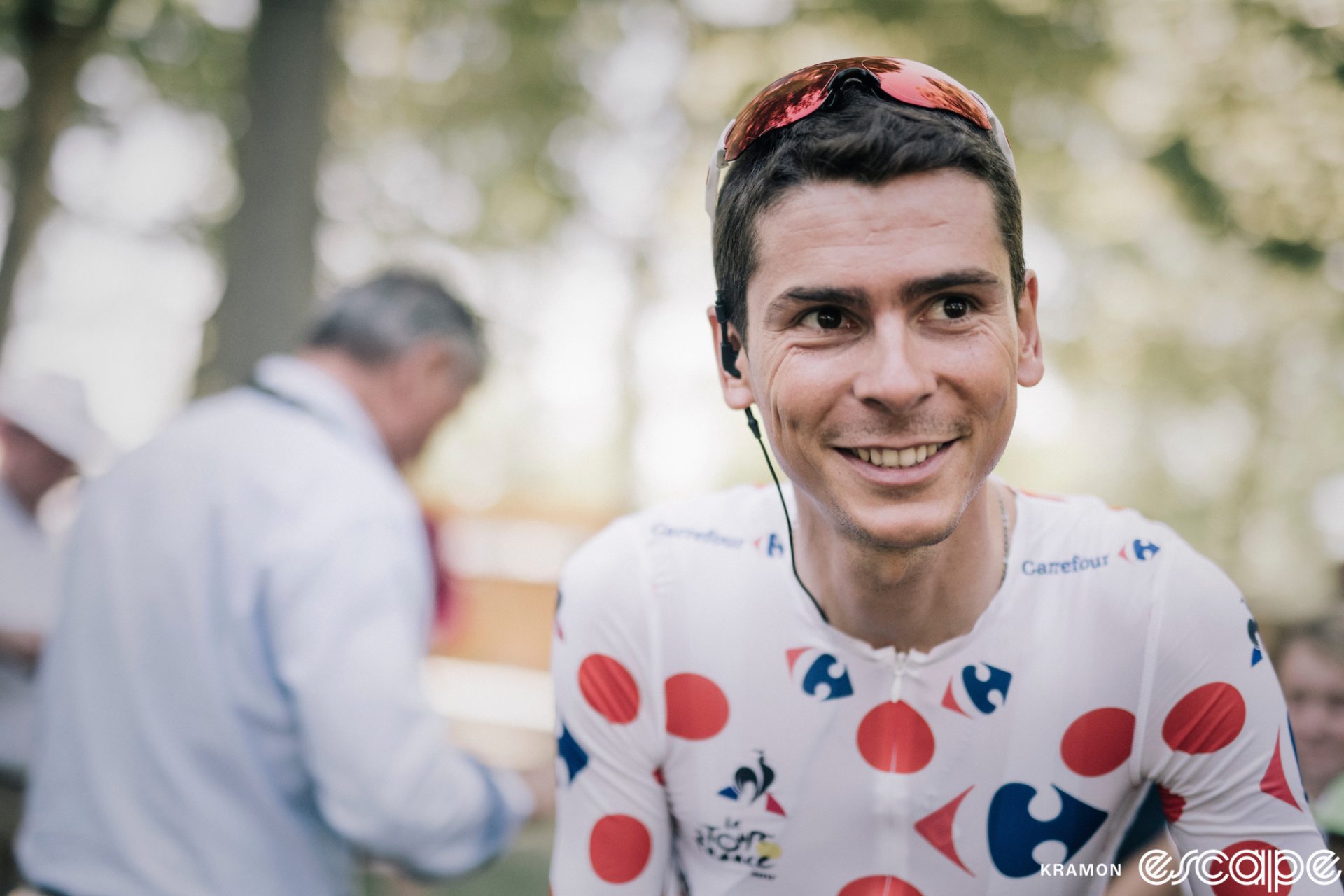
Barguil, Degenkolb’s once-and-future-teammate, has more of a sporting point to prove, aiming to get back to consistently fighting for hilly Classics and stages. Re-joining for 2024, the 31-year-old spent his salad years and had his best performances at the team before going to Arkéa-Samsic. (He will likely have come back on a lower contract than the one he left for, signed by the French squad off the back of a King of the Mountains title and two Tour stage wins in 2017.)
“The moment you have a rider where you make him better over the years that you work with him, that is motivating. It brings something extra out of a rider … our connection with each other is a good one; we need Warren and he needs us,” Kemna says. “We can take something out of the athlete that maybe wasn’t coming before.”
The management know his character and some of his capabilities already, while Barguil knows some of them and their way of working. Signing an alumnus is arguably less of a gamble.
The road back home
How might it go for Barguil and the other returners? From Bennett and Degenkolb to ageing ones like Luis Leon Sanchez, Vincenzo Nibali (both Astana), and Philippe Gilbert, you could look at their comparatively inferior results and say it primarily doesn’t work out the second time round. And sometimes there is no path of return. Ilan van Wilder, who likened his not-quite-two-year period at DSM to “hell,” surely won’t be back any time soon.

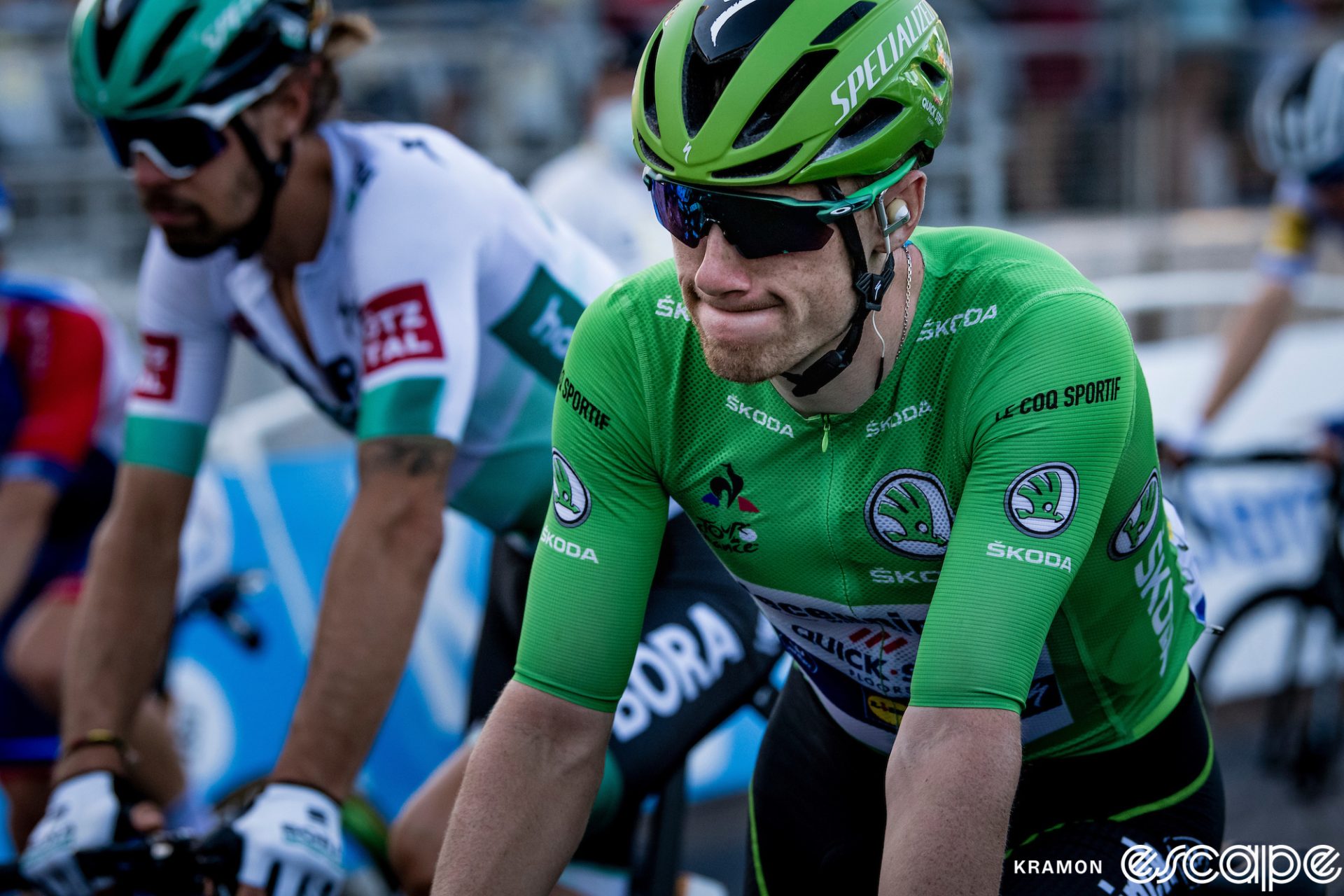
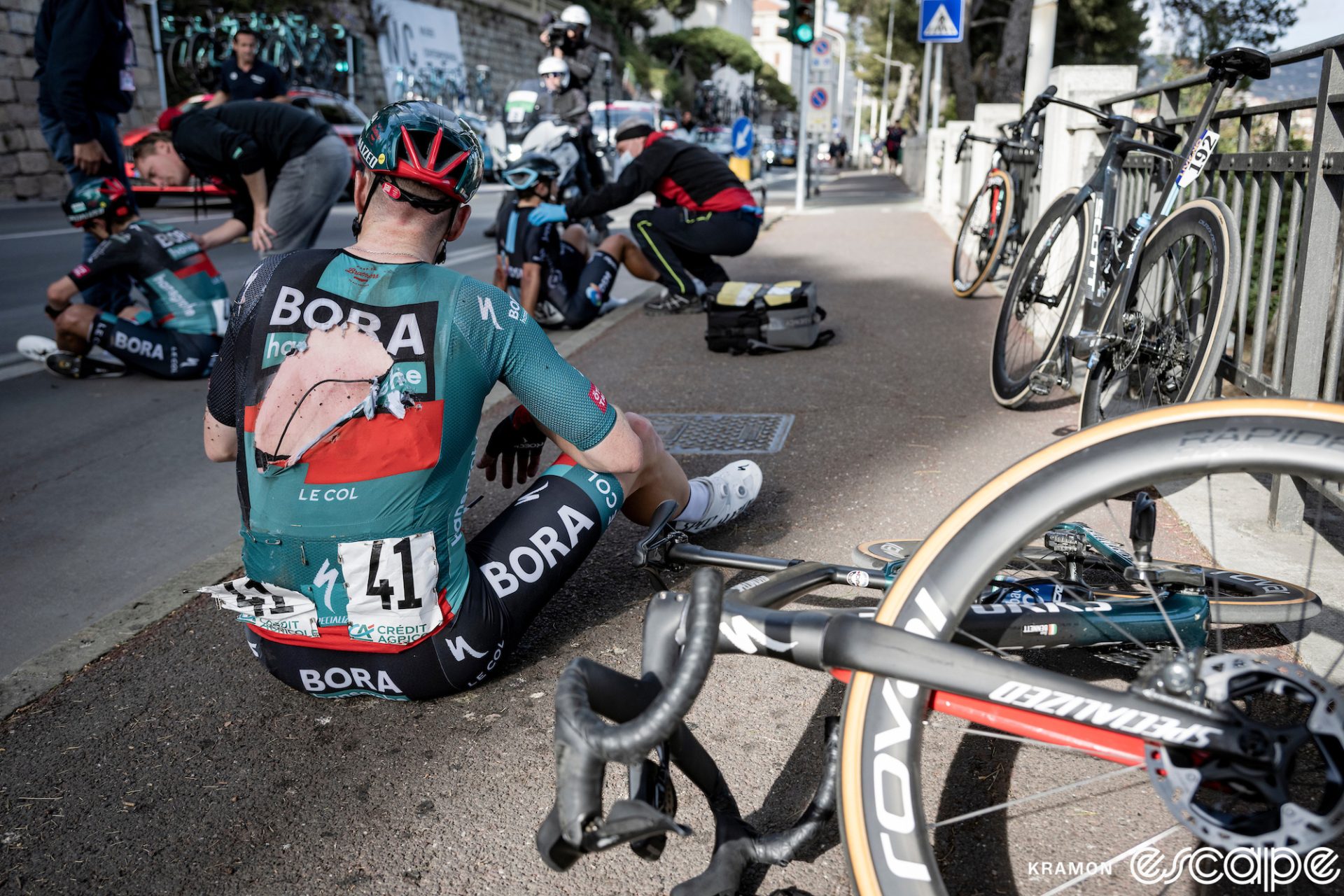
But that goes both ways; in two seasons with Quick-Step, Sam Bennett won 14 races, including two Tour de France stages and a green jersey. But the relationship soured, especially when Patrick Lefevere made some spectacularly offensive (even for him) comments about Bennett’s mental strength. Lo and behold, Bennett’s old team were his port of call again in 2022. Things had changed, Pascal Ackermann was moving on and they needed a top sprinter.
That’s not quite worked out either, as he fought injury and was left out of the Tour team this summer for Jordi Meeus. If rumors are to be believed, he’s heading to AG2R-Citroën for another opportunity.
But those examples overlook the profiles and expectations of the majority of the riders and the teams taking them back. It’s like comparing bananas and pears. They are different as racers and not there to perform the same function or seek the same results. The expectations from their new/old teams have also changed for many riders as their roles shift. That’s the nature of pro cycling: there are only a few years at the peak for all but the very greatest, even a Monument winner. When I asked Kemna whether Degenkolb’s results have been better in his second stint, he said, “Not better, but different.”
There have been fewer victories for Degenkolb, but DSM signed him for a lot more than that. “John has a double function: we still see he can ride a final, but also as a captain and an experienced guy, showing the young team what we have,” Kemna says. That’s where his intelligence, motivation, experience, leadership, and positioning ability come in.
The important thing is mutual satisfaction. Before departing Lotto in 2019, Campenaerts and fellow leaver Tiesj Benoot organised a dinner for the whole staff. Keeping an unbroken bond goes a long way – or at least don’t say anything you might regret.
Campenaerts says that he would find it hard to leave Lotto Dstny and John Degenkolb is in a good place too. For these two at least, it’s a case of reunited and it feels so good. “Right now, I don’t see any reason to go to another team again and finish my career anywhere else than here,” the German says.
Did we do a good job with this story?

